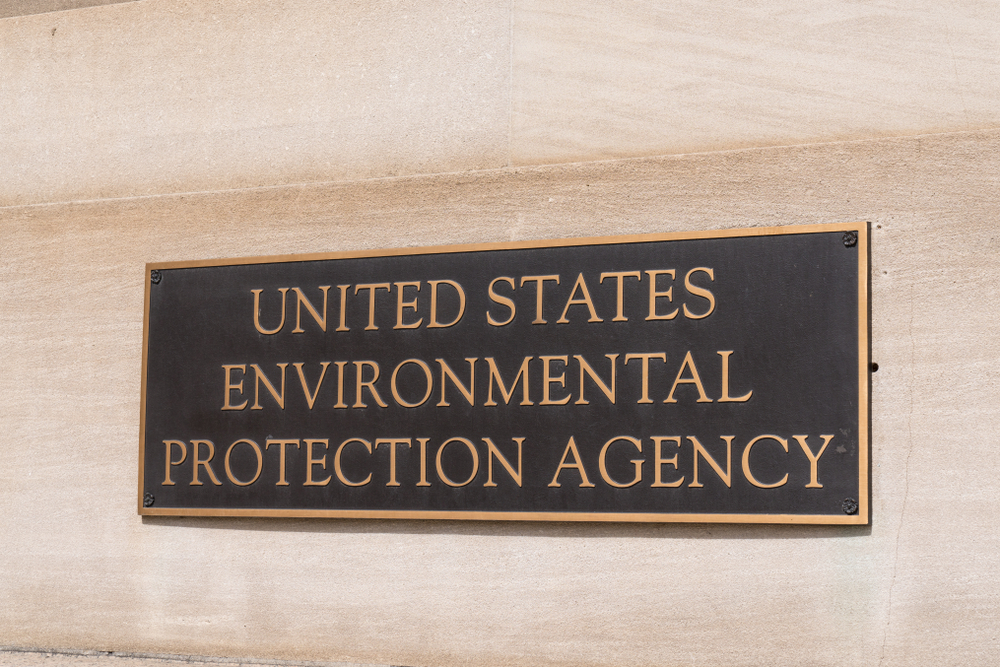Last month, the EPA’s Office of Enforcement and Compliance Assurance (OECA) announced fiscal year (FY) 2022 enforcement and compliance accomplishments, which included an increase in inspections of more than 78% over FY 2021, particularly in overburdened environmental justice communities.
“Taken together, OECA’s criminal, civil, and administrative enforcement cases reduced, treated or eliminated pollutants by 95 million pounds and required violators to pay over $300 million in penalties, fines and restitution,” an Agency news release says. “In keeping with EPA’s Strategic Plan, OECA focused on working to mitigate the effects of climate change and advance environmental justice in the enforcement program.”
“In FY 2022, EPA’s enforcement and compliance program used a range of tools and best practices to hold polluters accountable and protect communities from environmental and health hazards,” says Larry Starfield, acting assistant administrator for the OECA, in the news release. “Our FY 2022 accomplishments show that we have targeted the most serious and impactful environmental violations, and particularly violations that affect vulnerable and overburdened communities.”
Of particular note was the OECA’s efforts to bar the illegal importation of hydrofluorocarbons (HFCs) in partnership with U.S. Customs and Border Protection. Those efforts resulted in the successful prevention of 889,000 metric tons of carbon dioxide (CO2) equivalents from illegally entering the United States.
Other accomplishments included:
- Over 56% of on-site inspections were at facilities affecting communities with potential environmental justice concerns, exceeding the 45% goal set for this year.
- The EPA’s enforcement staff concluded approximately 1,650 civil judicial and administrative cases. Of these cases, over 44% addressed facilities in areas with potential environmental justice concerns—the highest percentage since FY 2014, when the EPA began tracking. For example:
- USS Lead (East Chicago, Indiana): In this historically overburdened community, the EPA secured commitments from multiple parties and a purchaser to clean up a large former industrial area contaminated with lead and arsenic and return it to productive use. This complements the cleanup of 807 residential yards and ensures cleanup is completed in one of the site’s two operable units.
- The EPA’s criminal program concluded important cases to protect health and the environment. For example:
- With its federal partners, the EPA demonstrated that major corporations like FCA US LLC (FCA US), formerly Chrysler Group LLC, will be held accountable for complying with vehicle emissions standards. FCA US was sentenced to pay approximately $300 million in criminal penalties.
- The EPA took aggressive early actions in communities to address drinking water violations, issuing 85 drinking water orders to protect 8 million people using public water systems. Thirteen of the orders were to address emergency conditions in overburdened communities.
- The goal of a 50% reduction in significant noncompliance among facilities permitted under the Clean Water Act (CWA) was achieved. The national significant noncompliance (SNC) rate was reduced from 20.3% at the start of 2018 to 9.0% in FY 2022.
- The EPA also worked with federal agencies to reduce the SNC rate at federal facilities permitted under the CWA by 64% compared with the FY 2018 baseline, helping to improve water quality and protect people’s health.
- The OECA released ECHO Notify, an e-mail service that allows communities to get e-mail alerts when a local facility has a violation or an enforcement action.
For more information, including enforcement results, data, and trends, see the EPA FY 2022 Enforcement and Compliance Annual Results website.

